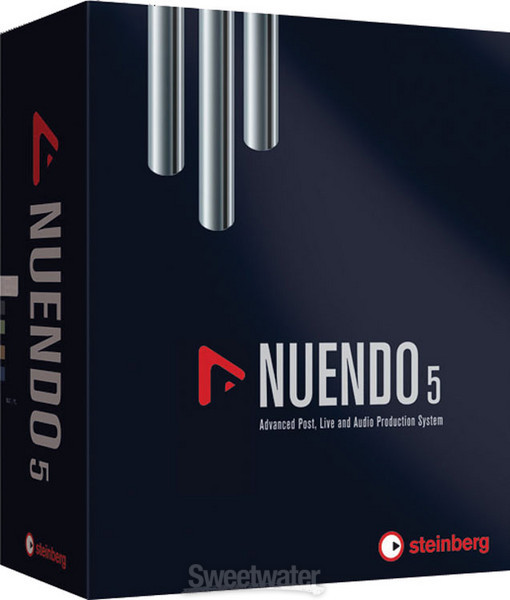

The similarities will become even stronger once the imminent Cubase 5.0 is launched, since this has undergone a graphic overhaul that brings the two applications into even more cosmetic harmony.


It is also more flexible in the sense that processing power all comes from one source and can be allocated to plug‑ins in any way, rather than coming in separate slots to which plug‑ins must be allocated.Īlthough Nuendo is a completely new application, any musician who has used Cubase will get a distinct feeling of déjà vu when first exploring it, from the identical ASIO Multimedia Setup utility to many of the mixer and effect windows. This clearly requires a fast PC, but this is likely to be a cheaper option than buying dedicated DSP cards, and perhaps more future‑proof, since upgrading involves buying a faster CPU or computer rather than adding extra dedicated hardware. As such, the most obvious difference in design between the two is that Nuendo involves no plug‑in DSP cards, and uses only the native processing abilities of the host PC. The intention is obviously to make Nuendo a competitor for Digidesign's established Pro Tools system. As well as the software itself, Steinberg are also making available a range of appropriate hardware components such as soundcards, clock sources and I/O boxes (see the Nuendo Hardware box for details), allowing dealers and buyers to put together complete PC‑based recording systems. Its main features are a single‑window editing environment, unlimited undo facility, high‑quality processing, and flexible surround sound options to cope with future demands. Nuendo is targeted at the markets of post‑production, multimedia development, music composition, and sound for picture. This has let Steinberg developers discard any Cubase VST legacy features that might hold back performance - remember that VST on the PC was ported from the Mac, and this was itself ported from the Atari where Cubase originally started life as a MIDI‑only application. Originally intended for Silicon Graphics machines, it underwent various design changes during development, and has now been written from the ground up as a PC audio application. After four years in development, Steinberg's "completely new and professional high‑end recording system" has been released for Windows PC computers. Well, it's been a long time coming, but Nuendo is finally here. Martin Walker enters the native processing world of Nuendo. Steinberg believe that now that PCs are so powerful, the days of the dedicated DSP farm for professional computer‑based recording systems are over. The twin‑processor, twin‑monitor PC system used to review Nuendo.


 0 kommentar(er)
0 kommentar(er)
